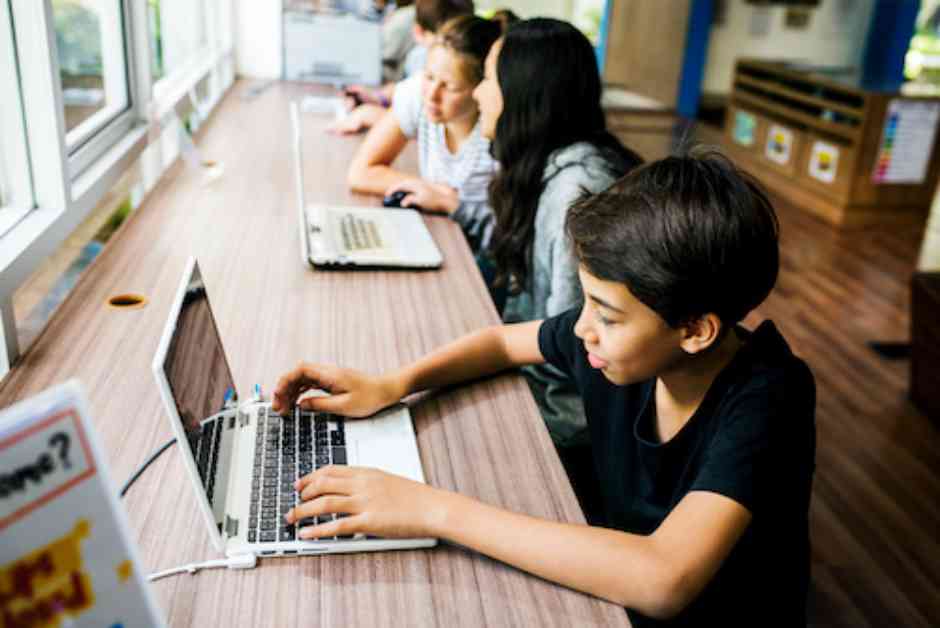Technology has become an essential component of modern education, revolutionizing the way teachers and students engage in the learning process. By incorporating educational technology into the classroom, educators can create a more personalized and dynamic learning environment that caters to individual student needs. This integration not only enhances student engagement but also provides access to a wealth of educational resources that go beyond traditional textbooks.
One of the key benefits of using technology in the classroom is the ability to increase student engagement. Interactive tools such as educational apps, multimedia presentations, and virtual simulations help capture students’ attention and make learning more enjoyable. This heightened engagement often leads to better retention of information and a deeper understanding of complex concepts.
Moreover, technology enables personalized learning by allowing teachers to customize lessons to meet the specific needs of each student. Adaptive learning platforms analyze student performance and adjust lessons accordingly, ensuring that students can progress at their own pace. This individualized approach supports students who may require extra assistance and challenges those who are ready to advance more quickly.
In addition to personalized learning, technology provides students with access to a wide range of educational resources. From scholarly articles to instructional videos, students can explore diverse information online, fostering independent research skills and critical thinking. This access to resources beyond the classroom helps students develop a deeper understanding of various topics and encourages lifelong learning.
Furthermore, technology promotes collaboration among students by providing digital platforms for group work and communication. Students can easily collaborate on projects, share ideas, and engage in discussions, whether they are in the same room or miles apart. This collaborative environment not only enhances teamwork skills but also prepares students for working in a digital and interconnected world.
Overall, the integration of technology in the classroom improves efficiency for educators by streamlining administrative tasks such as grading, attendance tracking, and lesson planning. By automating these processes, teachers can focus more on instruction and student interaction, creating a more engaging and effective learning environment.
In conclusion, educational technology plays a vital role in enhancing the classroom experience and preparing students for success in a digital world. By embracing technology in education, educators can create a more personalized, collaborative, and efficient learning environment that equips students with the skills they need to thrive in the 21st century.







